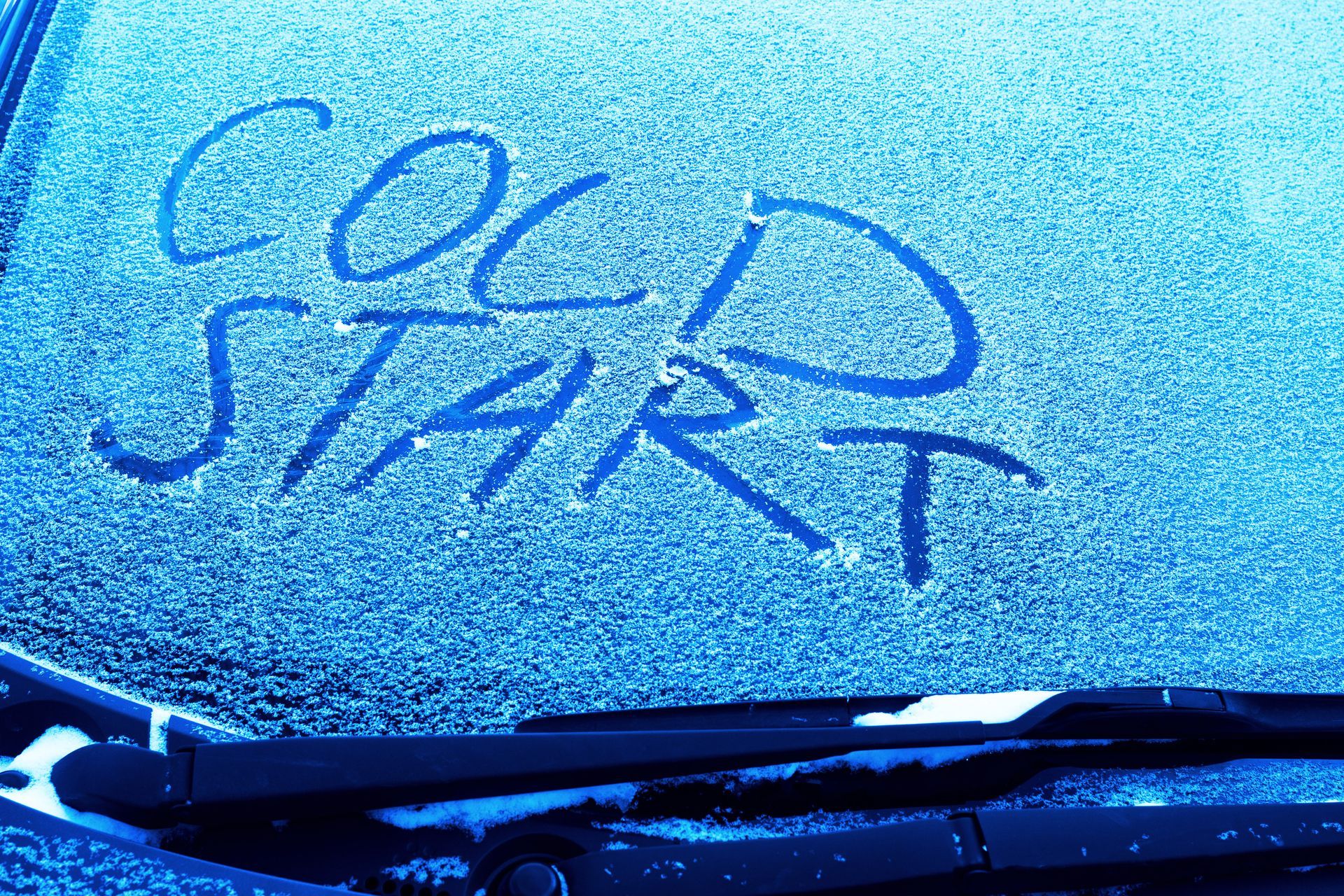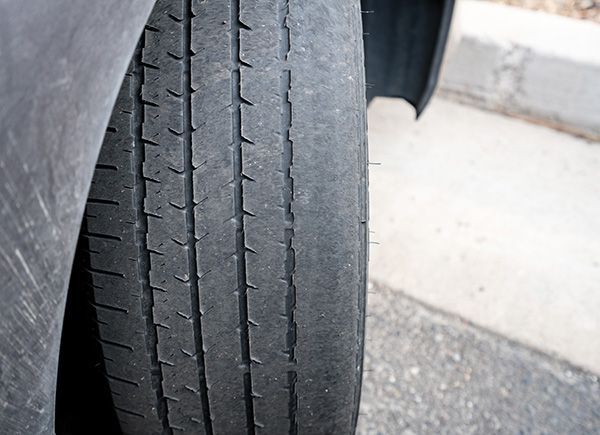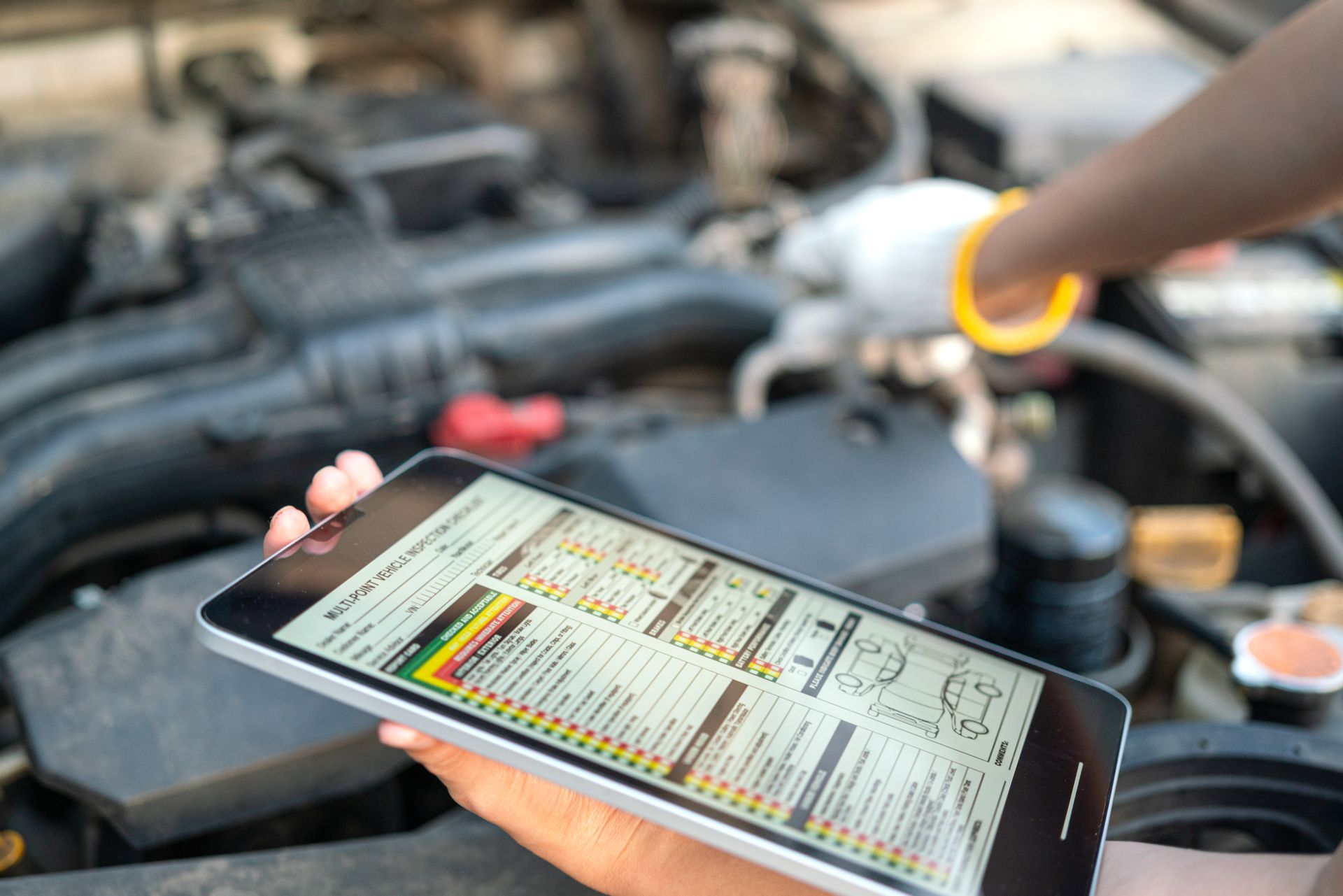Loading ...
Missing business hours data / Error occurred while getting the data.
Loading ...
Missing business hours data / Error occurred while getting the data.
Loading ...
Missing business hours data / Error occurred while getting the data.
Loading ...
Missing business hours data / Error occurred while getting the data.
Loading ...
Missing business hours data / Error occurred while getting the data.
Loading ...
Missing business hours data / Error occurred while getting the data.
Loading ...
Missing business hours data / Error occurred while getting the data.
Loading ...
Missing business hours data / Error occurred while getting the data.
How Can an Oil Pan Get Damaged, And What Happens When It Does?
March 28, 2025
Your oil pan might not get much attention, but it’s an important engine component. It holds and distributes oil, keeping critical parts lubricated and preventing overheating. Because it sits at the bottom of your vehicle, it’s vulnerable to damage from road debris, speed bumps, and rough terrain. A cracked, dented, or leaking oil pan can quickly turn into a serious issue, potentially leading to low oil levels and engine damage. Ignoring it isn’t an option—do you know the warning signs of oil pan trouble?
Common Causes of Oil Pan Damage
Since the oil pan is mounted at the lowest part of the engine, it’s vulnerable to impact and wear. Here are some of the most common reasons it might get damaged:
- Hitting Potholes or Road Debris – One of the biggest culprits behind oil pan damage is hitting large potholes, road debris, or curbs. A strong impact can dent or crack the oil pan, leading to leaks.
- Speed Bumps and Rough Terrain – Driving over an unexpectedly high speed bump or rocky roads can cause the oil pan to scrape against the ground, weakening the metal over time.
- Improper Jack Placement – When lifting a vehicle for maintenance, placing the jack incorrectly can put too much pressure on the oil pan, causing it to bend or crack.
- Corrosion and Rust – Over time, exposure to moisture, road salt, and temperature changes can lead to rust, which weakens the oil pan and makes it more prone to leaks.
- Worn-Out Gaskets or Drain Plugs – Even if the pan itself isn’t damaged, a worn gasket or improperly sealed drain plug can cause oil to leak out, creating similar risks.
What Happens When an Oil Pan Is Damaged
A damaged oil pan isn’t just a minor inconvenience—it can lead to serious mechanical issues. The oil inside the pan is essential for keeping engine parts lubricated, and any loss of oil can result in performance problems or even complete engine failure.
If the oil pan is leaking, oil levels will drop over time. This reduces lubrication and increases friction inside the engine, which can cause overheating and excessive wear on components. The longer you drive with low oil, the greater the risk of severe engine damage.
A cracked oil pan can lead to sudden leaks, meaning oil could drain out rapidly while driving. If this happens, you might notice smoke from the engine, warning lights on the dashboard, or even a burning oil smell. If you continue driving, the engine may seize up, requiring costly repairs or replacement.
Ignoring a damaged oil pan also increases the risk of contamination. Dirt and debris can enter the oil supply, reducing its effectiveness and potentially causing internal engine damage.
Signs Your Oil Pan Is Damaged
It’s not always easy to spot oil pan damage, but there are warning signs to watch for:
- Oil spots or puddles under the car – If you notice fresh oil stains where you park, your oil pan or drain plug may be leaking.
- Burning oil smell – A cracked oil pan can allow oil to drip onto hot engine components, creating a strong odor.
- Low oil levels – If you’re frequently adding oil between changes, there may be a slow leak from the pan or gasket.
- Dashboard warning lights – The oil pressure warning light indicates a problem with lubrication, which could be due to a leak.
- Engine knocking or unusual noises – When oil levels drop too low, engine components can grind against each other, causing loud knocking sounds.
If you notice any of these symptoms, it’s best to have your vehicle inspected before the issue worsens.
How to Prevent Oil Pan Damage
While oil pans are designed to be durable, they aren’t indestructible. Taking a few precautions can help prevent damage and extend the lifespan of your oil system:
Avoid potholes and rough terrain whenever possible. If you drive in areas with poor road conditions, slow down to minimize impact.
Be careful when parking near curbs. Scraping the underside of your car can weaken the oil pan over time.
Ensure oil changes are done correctly. A stripped or loose drain plug can cause leaks. Always check for proper sealing after an oil change.
Schedule regular inspections. During routine maintenance, have a professional check for rust, cracks, or worn gaskets that could lead to future issues.
Noticed an oil leak? Don’t ignore it! ATS Fleet Service provides expert oil pan repairs across our eight locations in Michigan. Stop by for reliable service today!
- Alma, MI
- Gaylord, MI
- Traverse City, MI
- Troy, MI (Detroit)
- Flint, MI
- Wyoming, MI (Grand Rapids)
- Saginaw, MI
- Mt Pleasant, MI
Quick Links:
Loading ...
Missing business hours data / Error occurred while getting the data.
Loading ...
Missing business hours data / Error occurred while getting the data.
Loading ...
Missing business hours data / Error occurred while getting the data.
Loading ...
Missing business hours data / Error occurred while getting the data.
Loading ...
Missing business hours data / Error occurred while getting the data.
Loading ...
Missing business hours data / Error occurred while getting the data.
Loading ...
Missing business hours data / Error occurred while getting the data.
Loading ...
Missing business hours data / Error occurred while getting the data.
Loading ...
Missing nap lines data / Error occured while getting the data.
Loading ...
Missing nap lines data / Error occured while getting the data.






